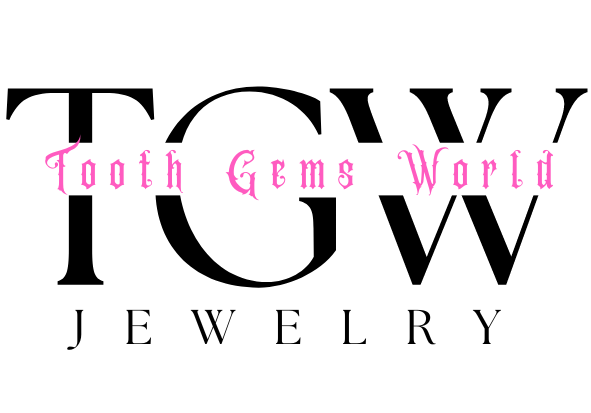Smiles are often considered a key asset of beauty and confidence. For centuries, humans have sought to improve the appearance of their teeth, and this quest for a bright smile has spanned different eras and civilizations. This article delves into the fascinating history of teeth whitening, from the first rudimentary techniques to modern innovations. Prepare to discover how this practice has evolved, reflecting the cultural, technological, and aesthetic changes in our society.
---
1. The first traces of dental care: Antiquity
The importance of a bright smile was already recognized in ancient times. The Egyptians, for example, used abrasive powders made from crushed oyster shells and pumice stone to clean their teeth. Mixed with aromatic herbs, these powders were intended to remove stains and food debris.
Among the Romans, the quest for white teeth was also a priority. They employed a more surprising method: the use of ammonia present in urine for its whitening properties. While this method may seem strange today, it demonstrates their ingenuity at the time.
---
2. The Middle Ages: Between superstitions and dangerous practices
In the Middle Ages, dental care was influenced by religious beliefs and superstitions. Methods for whitening teeth were often crude or even harmful. Mixtures of vinegar and wood ash were common, although very abrasive to tooth enamel.
Barbers, who also acted as dentists, used metal instruments to scrape stains off teeth. While this may have provided immediate results, these practices often damaged teeth in the long run.
---
3. The Renaissance: The emergence of the first advanced techniques
With the Renaissance, a period marked by scientific advances, dental care also evolved. Nobles and wealthy aristocrats used lemon-based mixtures to whiten their teeth. However, these treatments, rich in acid, weakened the enamel and increased the risk of cavities.
It was also around this time that a cultural association between white teeth and high social status began to emerge. A flawless smile was seen as a symbol of wealth and sophistication.
---
4. The 18th century: The arrival of artisanal toothpastes
In the 18th century, homemade toothpastes appeared. These products, often prepared at home, contained ingredients such as baking soda, chalk, and sometimes salts. These formulas were less aggressive than previous techniques, offering a gentler cleaning.
The first dental professionals also began to emerge. They used solutions based on hydrogen peroxide, a compound that would become the basis of modern whitening treatments.
---
5. The 19th century: The beginnings of modern dentistry
With technological advances, the 19th century marked a turning point in the history of teeth whitening. Dentists began experimenting with more precise chemical techniques, such as using oxalic and hydrochloric acids to remove stubborn stains. These methods were often reserved for an elite because of their high cost.
It was also during this period that commercial toothbrushes and toothpastes became popular, contributing to better dental hygiene and the prevention of stains.
---
6. The 20th Century: The Era of Whitening Kits and Adhesive Strips
The 20th century saw an explosion of innovations in teeth whitening. In the 1980s, dentists developed carbamide peroxide gels that revolutionized the practice. These gels, combined with customized trays, allowed patients to whiten their teeth at home.
In the 2000s, whitening strips appeared on the market. Simple to use and affordable, they democratized teeth whitening and quickly became a common consumer product.
---
7. Modern techniques: LED light and laser
Today, teeth whitening is more accessible than ever, thanks to advanced technologies like LED light and laser . These techniques, often used in-office, help accelerate the activation of whitening agents, providing visible results in just one session.
These innovations have also reduced side effects like tooth sensitivity, making whitening more comfortable for patients.
---
8. The role of cultural influences in the quest for white teeth
The perception of white teeth varies across cultures. In the West, a bright smile is often seen as a sign of youth and good health. In some Asian cultures, however, lightly tinted teeth have historically been seen as more natural and elegant.
Media, celebrities and social media also play a key role in the popularity of teeth whitening. The photoshopped photos and perfect smiles displayed by influencers have amplified the demand for aesthetic treatments.
---
9. Natural and ecological options today
With environmental concerns on the rise, many people are turning to more natural options for whitening their teeth. Activated charcoal, baking soda, and essential oils are popular alternatives. While effective for some surface stains, these methods are not a substitute for professional treatments.
Brands are also starting to offer more environmentally friendly products, such as peroxide-free whitening kits and natural toothpastes.
---
10. The future of teeth whitening: Towards sustainable innovations
The future of teeth whitening looks bright. Research is underway to develop non-invasive and long-lasting treatments that reduce risks to enamel and minimize sensitivity. Technologies such as bioengineering could regenerate damaged enamel, making treatments even safer.
3D printers could also play a key role in creating custom gutters more quickly and cheaply.
---
Conclusion: A timeless and ever-evolving quest
Teeth whitening has come a long way from rudimentary techniques to high-tech solutions. This quest for the perfect smile reflects our universal desire for beauty, confidence and well-being. Today, everyone can choose from a multitude of options, tailored to their needs and lifestyle.
However, it is essential to remember that dental health is primarily about good hygiene and regular visits to the dentist. White teeth are beautiful, but healthy teeth are essential!




Leave a comment
This site is protected by hCaptcha and the hCaptcha Privacy Policy and Terms of Service apply.